All products featured are independently chosen by us. However, SoundGuys may receive a commission on orders placed through its retail links. See our ethics statement.
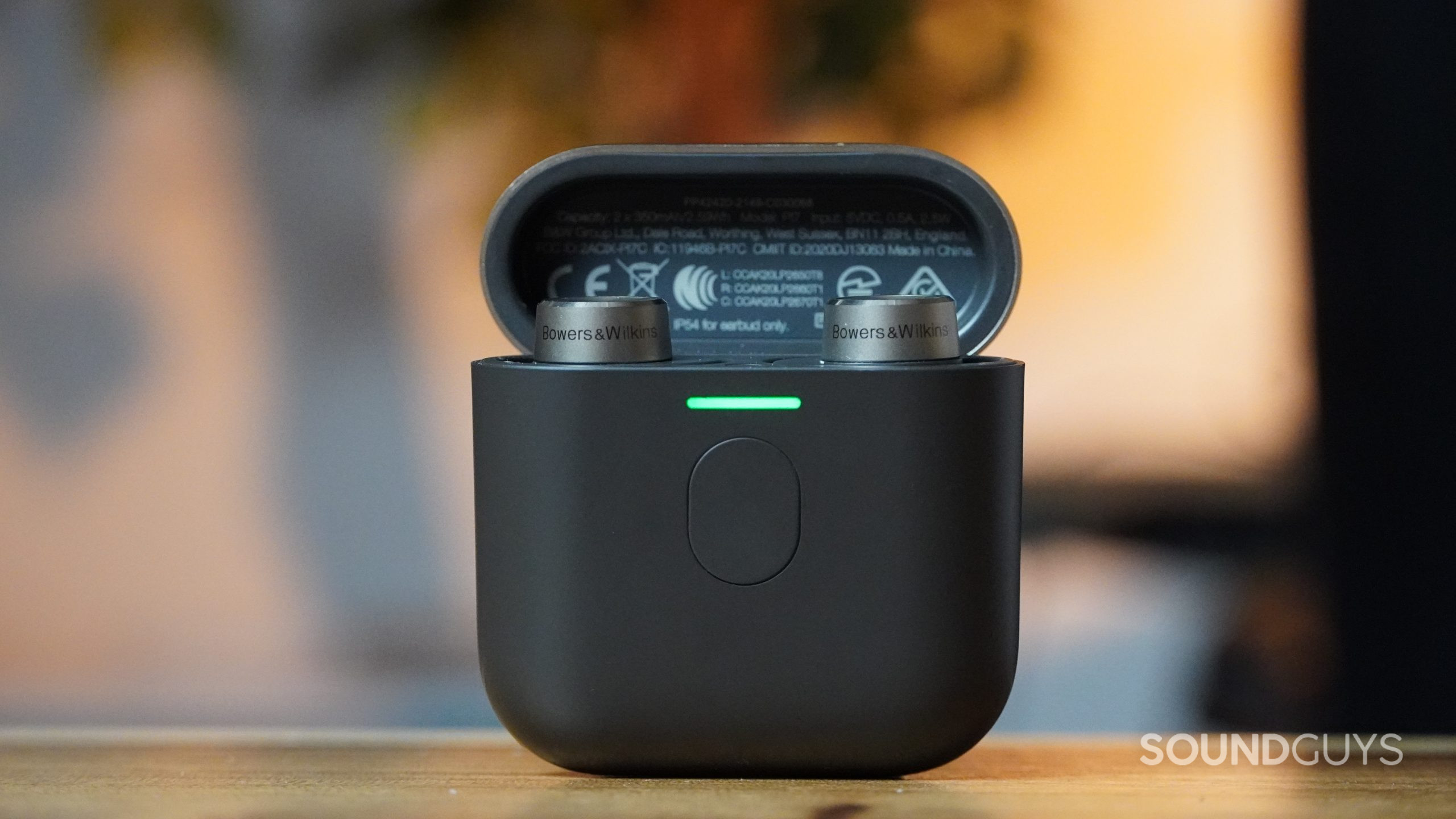

Bowers & Wilkins PI7 review
Published onNovember 5, 2024


Bowers & Wilkins PI7
Bowers & Wilkins is pushing the boundaries of premium wireless earbuds, with the PI7 earbuds coming in at a staggering $400 USD. For the money, you get the latest and greatest in Bluetooth tech which includes a unique audio transmitter feature and active noise canceling (ANC). We spent two weeks with the Bowers & Wilkins PI7 to show you what it does well, and what it could improve.
So, should anyone really spend this much money on a pair of wireless earbuds?
Editor’s note: This article was updated on Nov 5, 2024, to include mention of the new Bowers & Wilkins Pi8.
- Deep-pocketed enthusiasts will be among the few to seriously consider the Bowers & Wilkins PI7, and only if the high-end Bluetooth features are of interest.
- Bass-lovers will appreciate the added low-frequency emphasis these earbuds provide.
- Fashion-forward music lovers will appreciate the design and build quality—these stunning earbuds certainly turn heads.
- Gym goers can take these earbuds anywhere thanks to the IP54 dust and water-resistant build.
What is it like to use the Bowers & Wilkins PI7?
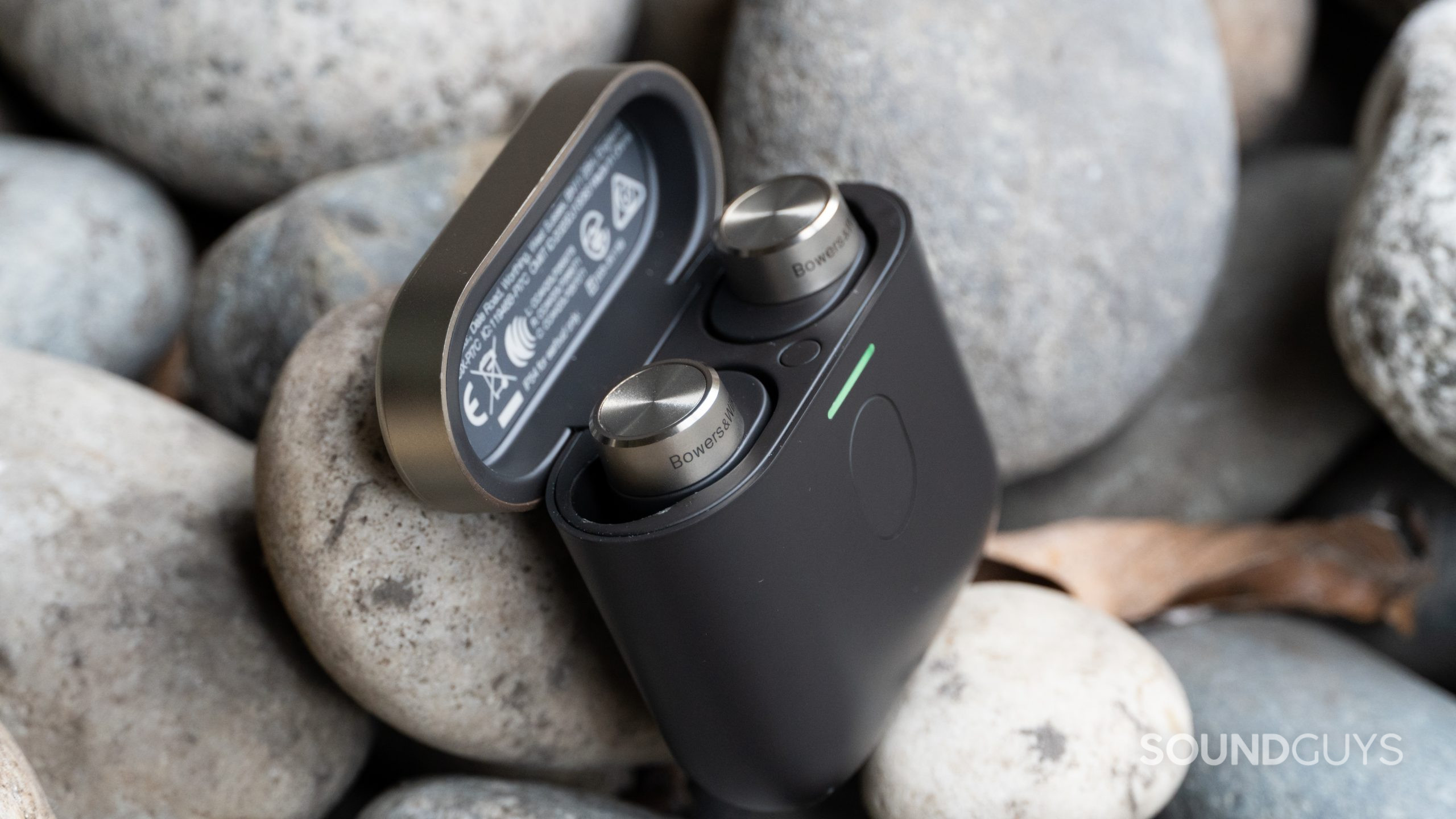
The Bowers & Wilkins PI7 looks and feels premium, which is expected of earbuds that cost more than the price of a new iPad. Inside the box, you get three sizes of silicone ear tips, a USB-C charging cable, and a 3.5mm-to-USB-C cable for audio transmitter functionality.
The audio transmitter functionality is the most unique feature of the Bowers & Wilkins PI7. It sends audio from any audio source to the earbuds simply by connecting the audio source to the charging case. For example, you can plug the 3.5mm end into the entertainment system on an airplane, and the charging case will transmit the audio to your earbuds. This is one of only a few limited scenarios where this feature is practical, but it saves you the hassle of ever needing a separate pair of wired headphones or wired earbuds.
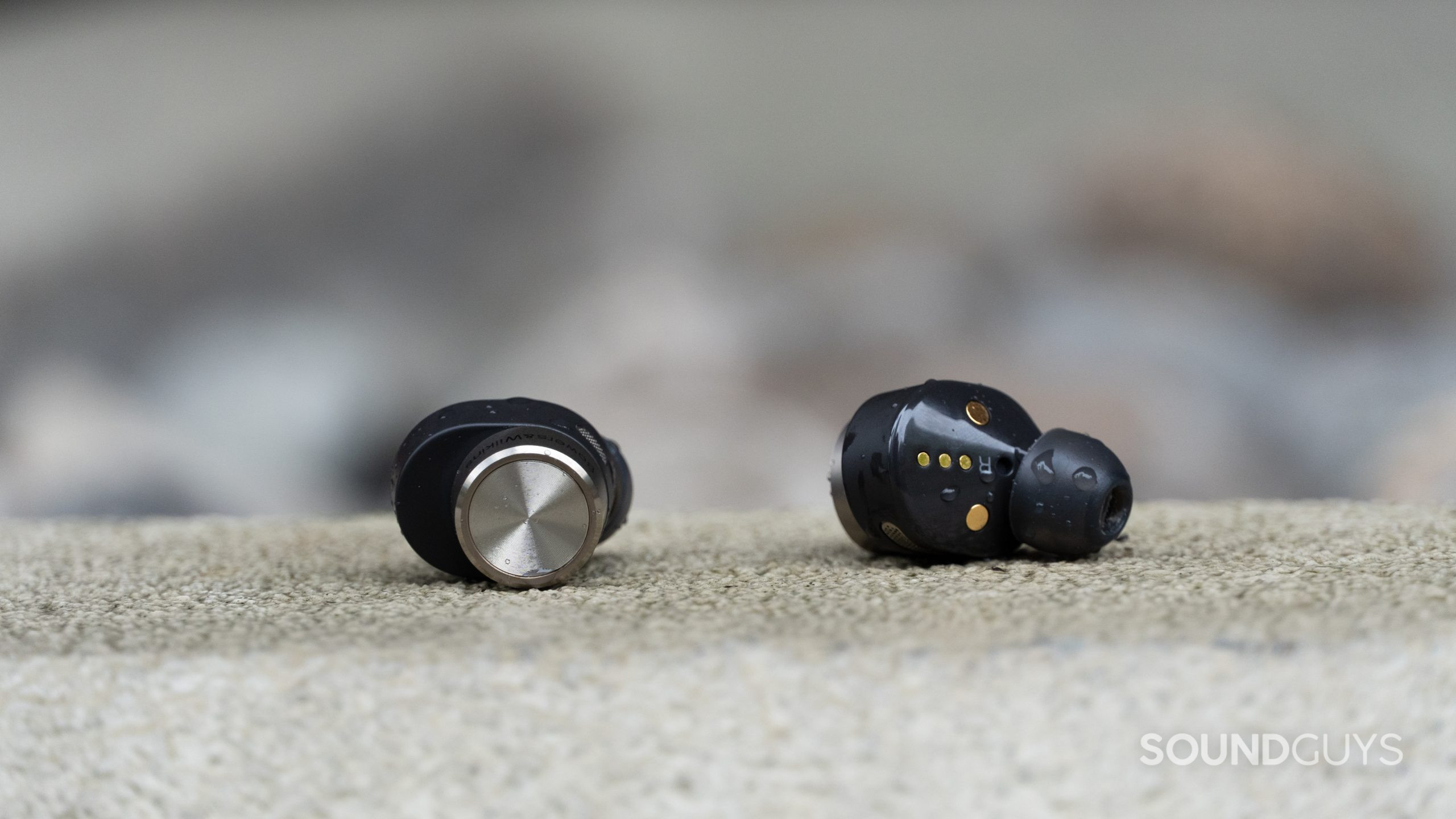
The earbud housing is rather large, though not too hefty. Despite the size of the buds, they never fall out of my ears. With IP54 dust and water resistance, you can take the earbuds outdoors or to the gym without worrying about damaging them. Comfort isn’t a problem with the Bowers & Wilkins PI7, but you may want to swap in third-party foam ear tips for a better seal.
How do you control the Bowers & Wilkins PI7?
Touch controls on either earbud control media playback, calls, and listening mode. You can’t customize the controls, so you’re stuck with the functions outlined below. The single tap to pause music is particularly annoying, as every time you accidentally touch the earbuds or adjust them in your ear it pauses your music. In-ear detection automatically pauses your music when you remove an earbud from your ear, though you can disable this within the companion app.
| SINGLE TAP | DOUBLE TAP | TRIPLE TAP | HOLD FOR ONE SECOND | |
|---|---|---|---|---|
LEFT EARBUD | SINGLE TAP Play/pause or answer call | DOUBLE TAP Skip track or end call | TRIPLE TAP Previous track | HOLD FOR ONE SECOND Noise canceling mode |
RIGHT EARBUD | SINGLE TAP Play/pause or answer call | DOUBLE TAP Skip track or end call | TRIPLE TAP Previous track | HOLD FOR ONE SECOND Voice assistant |
Should you download the Bowers & Wilkins Headphones app?
While a bit underwhelming compared to the competition, the Bowers & Wilkins Headphones app (iOS/Android) is still an important complementary piece to the PI7 earbuds. Once connected to the PI7, the app displays battery information for the case and earbuds, as well as options for various listening modes.
You can toggle noise canceling on or off and select auto noise canceling, which adjusts the ANC intensity to your environment. There’s also a toggle for ambient passthrough mode and this inputs environmental noise at various volume levels depending on your preference. It’s good if you need to respond quickly to a conversation or hear an announcement at a train station.
Other features of the app include toggling in-ear detection on or off, and installing firmware updates. The latter may just be the most important feature of the Bowers & Wilkins Headphones app, as it will enable you to install any future tweaks and (hopefully) upgrades to the earbuds.
Outside of the aforementioned, the Bowers & Wilkins Headphones app doesn’t have any premium features such as a custom equalizer, find my buds, or an ear tip fit test. These are all common features on more affordable headsets, so it is disappointing to see such barebones functionality on the Bowers & Wilkins PI7.
What Bluetooth codecs does the Bowers & Wilkins PI7 support?
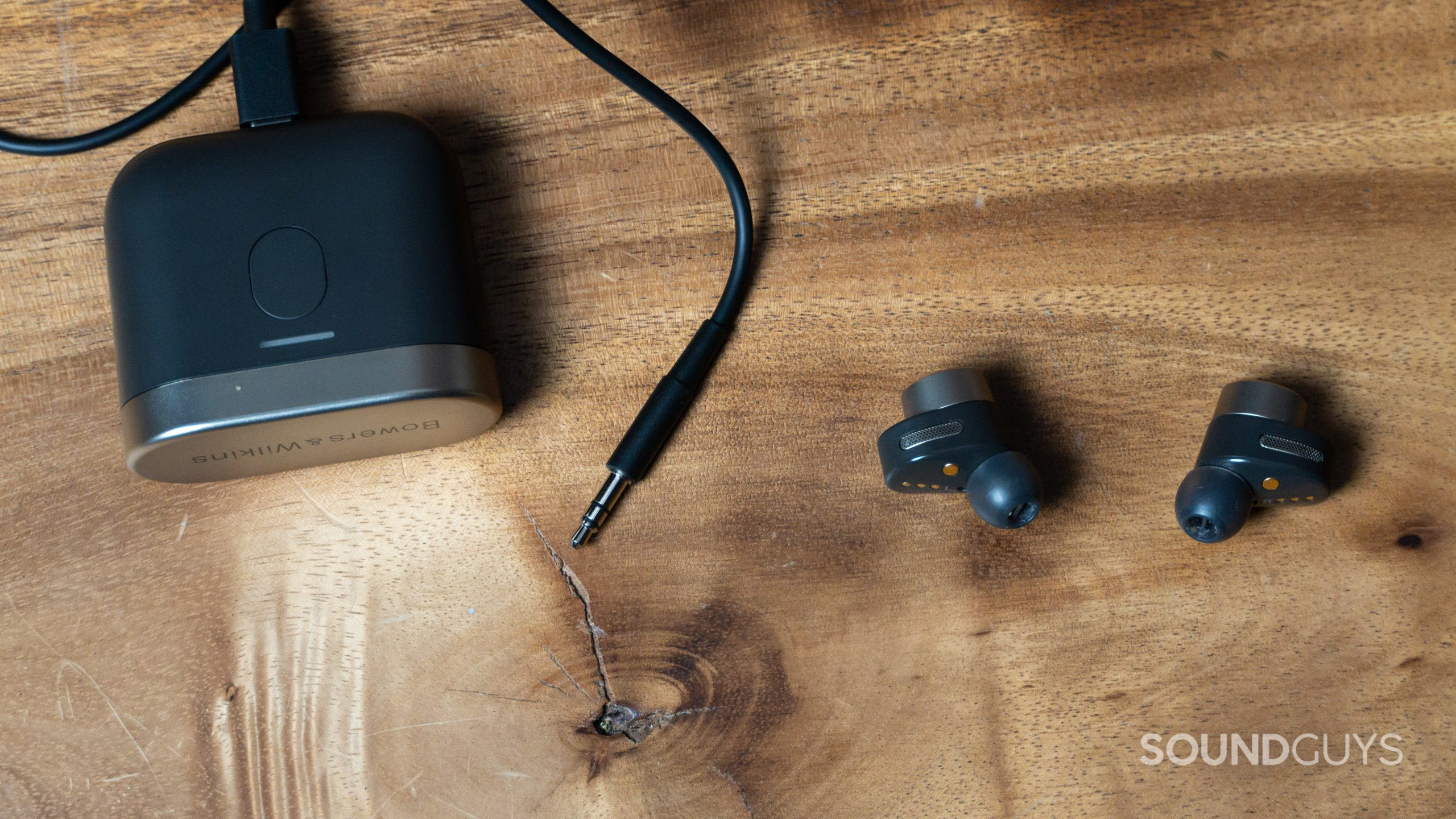
The Bowers & Wilkins PI7 supports aptX Adaptive via Bluetooth 5.0, which is the best one-size-fits-all solution in the world of Bluetooth codecs. It’s an adjustable codec that dynamically scales the bitrate between 279kbps and 420kbps to adjust quality while maintaining a 24-bit connection. The codec also incorporates the capabilities of aptX HD, aptX Classic, and aptX Low Latency for lag as low as 50ms. With this, you also get improved voice call quality.
If you own an iPhone, you won’t get access to aptX, but the earbuds support AAC, which performs well across Apple devices. The Bowers & Wilkins PI7 also supports the standard SBC Bluetooth codec for any other devices you want to connect to.
Google Fast Pair instantly pairs the earbuds to an Android device, while iPhone users will find the earbuds in their Bluetooth settings when you first turn it on.
How long does the battery last on the Bowers & Wilkins PI7?
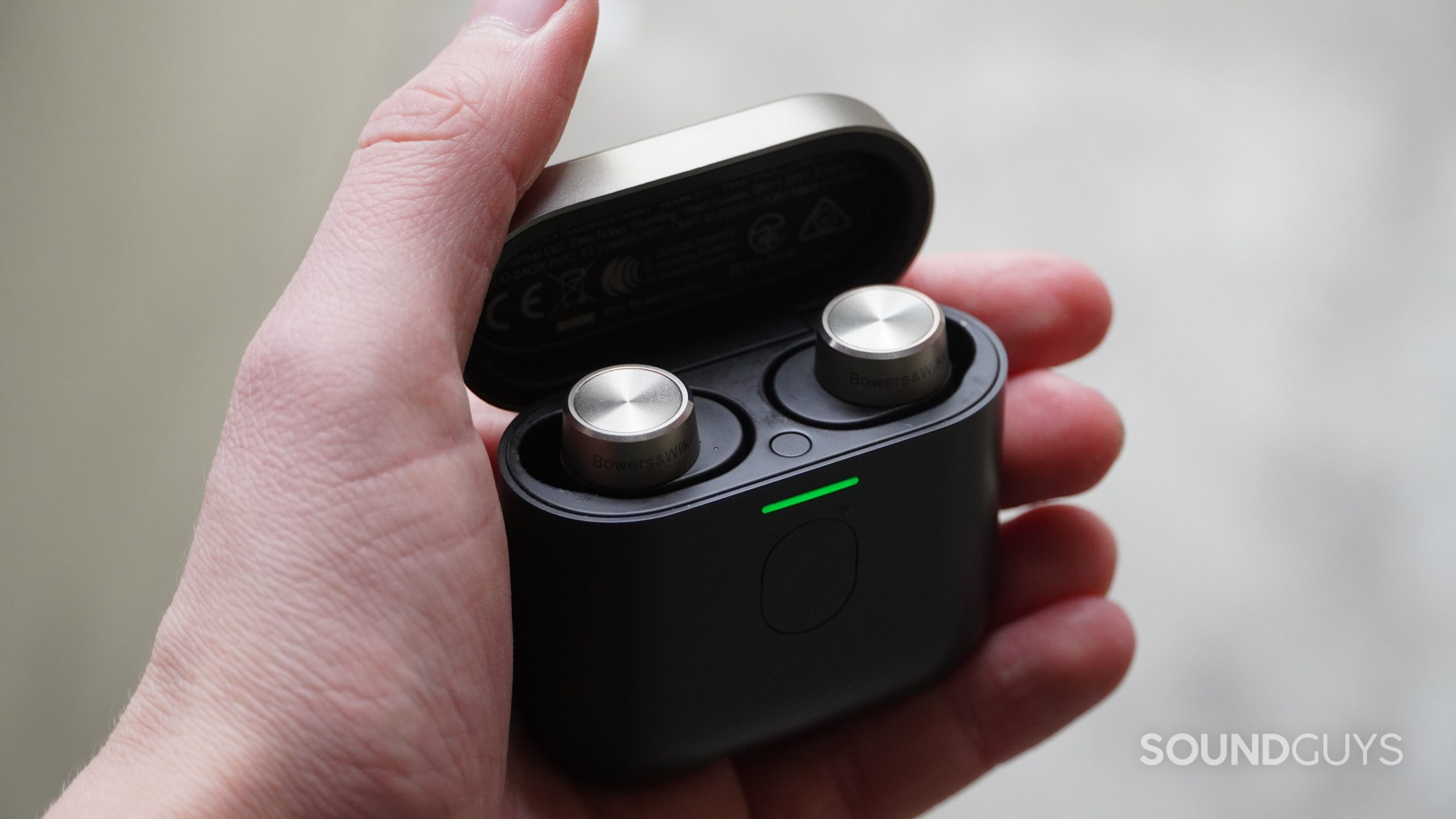
Bowers & Wilkins promises 4 hours of battery life for the PI7 buds. In our testing, we measured 3 hours, 22 minutes of battery with constant music playback, peaking at 75dB(SPL). As long as you pop the earbuds in their charging case at least a couple of times throughout the day you probably won’t run into problems, though battery degradation will become an issue as the earbuds age. Considering the earbuds cost as much as a mid-range smartphone, you should be disappointed to know that true wireless earbuds don’t last more than a couple of years of regular use.
The charging case provides an additional four charges to the earbuds, and supports both wireless and USB-C charging. Fast charging for 15 minutes provides an additional 120 minutes of playback over Bluetooth.
How well does the Bowers & Wilkins PI7 cancel noise?
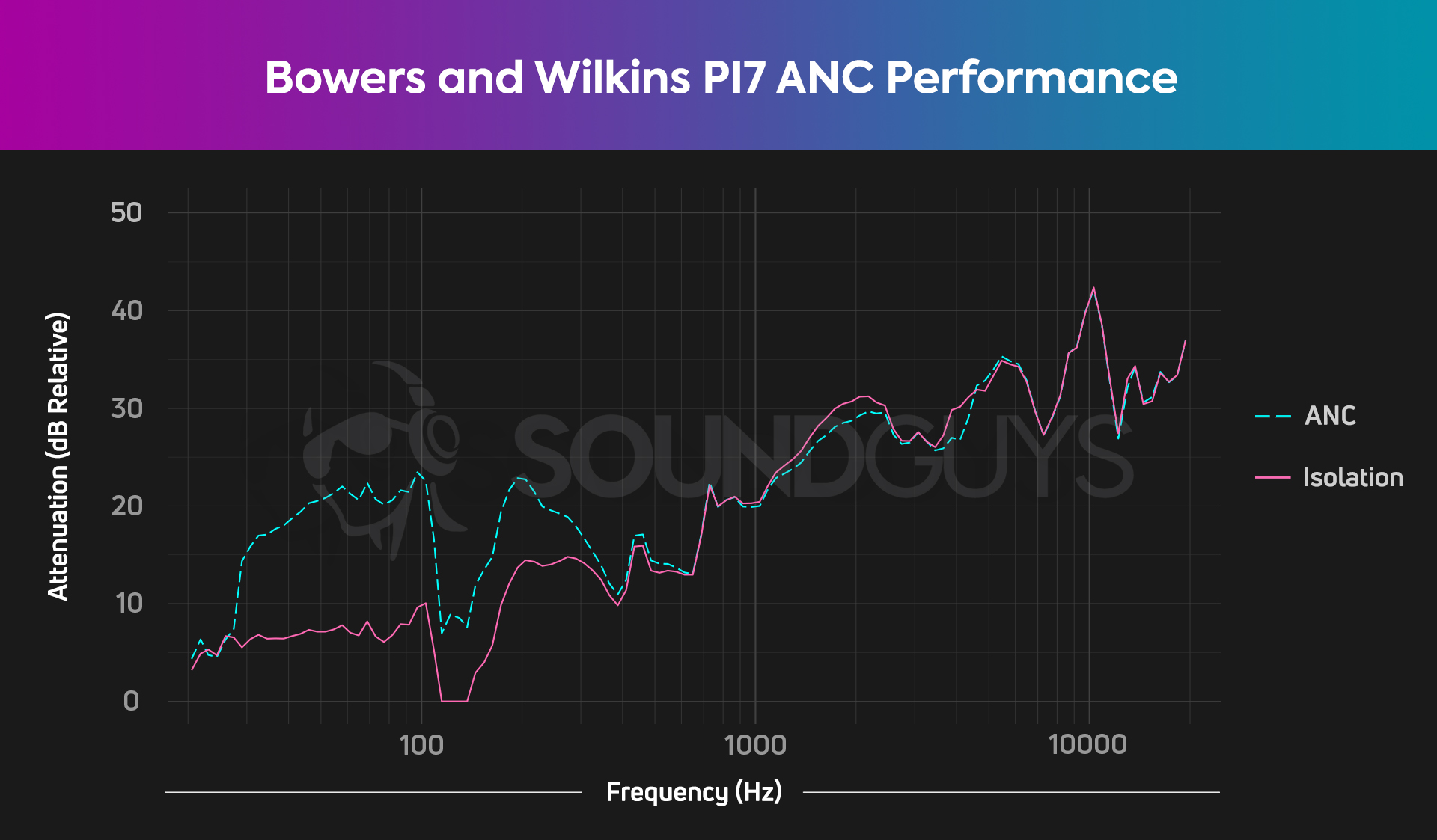
The Bowers & Wilkins PI7 blocks out a significant amount of external noise, though not as well as comparable earbuds from Sony or Bose. Passive isolation alone from the ear tips makes most sounds one-half to one-eighth as loud, though this depends on how well the earbuds fit your ears. Not only does a tight seal and ANC protect your ears, but it will also help avoid the effects of auditory masking so you can hear all parts of your music, in any environment.
Turning on active noise canceling provides an additional 10dB reduction to low-frequency sounds below 300Hz. This additional attenuation, compared to standalone passive isolation, is especially useful at reducing the rumble of an airplane engine. You won’t notice a huge effect as you toggle ANC on/off, and are better off with something like the Denon AH-C830NC which is less than half the price of the B&W PI7. Although the Bowers & Wilkins PI7 might not perform as well as the best noise canceling wireless earbuds, the noise attenuation is still good enough to enjoy music in most environments.
How does the Bowers & Wilkins PI7 sound?
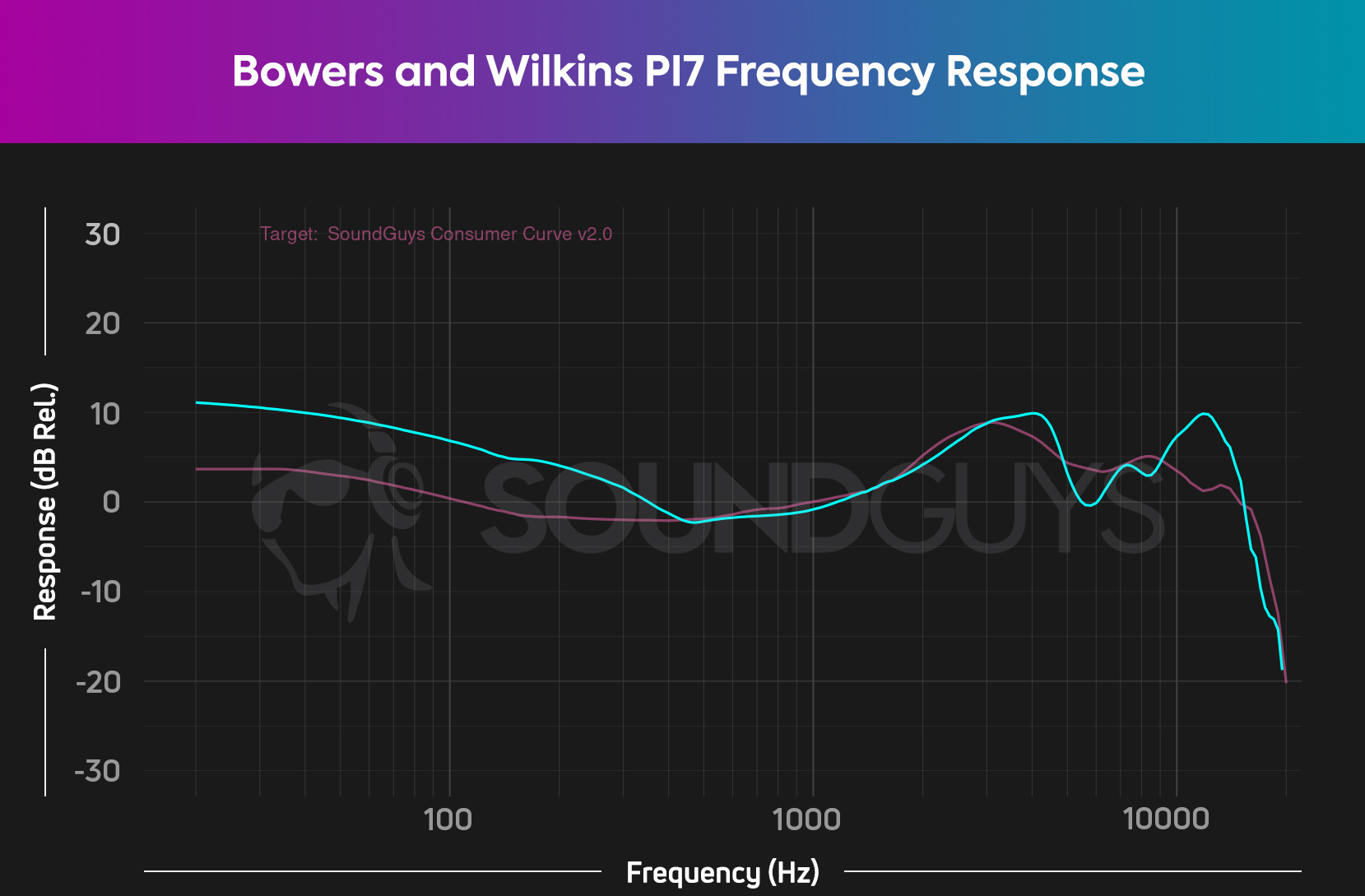
Unlike what you might expect from expensive earbuds, the Bowers & Wilkins PI7 significantly amplifies low and high frequencies relative to our house curve. Moreover, since there’s no equalizer functionality inside the companion app, there’s no simple way to adjust the sound of these earbuds.
The 9.2mm balanced armature drivers are tuned similarly to that of other Bowers & Wilkins headsets, such as the PX7 over-ear headphones. The company is certainly taking a different approach to tuning compared to that of its other high-end competitors, though only those that prefer a thumping bass over vocal and instrumental clarity will appreciate this type of frequency response.
Lows, mids, and highs
Any music with a lot of bass doesn’t sound very good on the Bowers & Wilkins PI7. When listening to the chorus of Thousand Miles by the Kid LAROI, low frequencies overpower the guitar and vocals in the mid-range. In general, music with a strong 808 bass line such as Lucid Dreams by Juice WRLD loses a lot of instrumental and vocal clarity on the Bowers & Wilkins PI7 due to the fact bass notes sound up to twice as loud as mid-range notes.
The 10dB boost relative to our house curve around 12kHz often amplifies high frequencies to the point of annoyance. At 2:28 of When a Man Loves a Woman by Percy Sledge, the trumpet is so painful to listen to due to the amplification of upper harmonics that I have to turn the volume down. Similarly, hi-hats in songs such as First Class by Jack Harlow sound much louder than vocals and other instruments in the mix.
There’s currently no equalizer functionality built into the Bowers & Wilkins companion app, though you may consider using a third-party app such as Wavelet. You can download our house curve preset for the Bowers & Wilkins PI7 here (right click, “save as”). Depending on your listening preferences, you’ll likely want to start your EQ tinkering with cuts to frequencies below 300Hz and a cut at 12kHz.
Can you use the Bowers & Wilkins PI7 for phone calls?
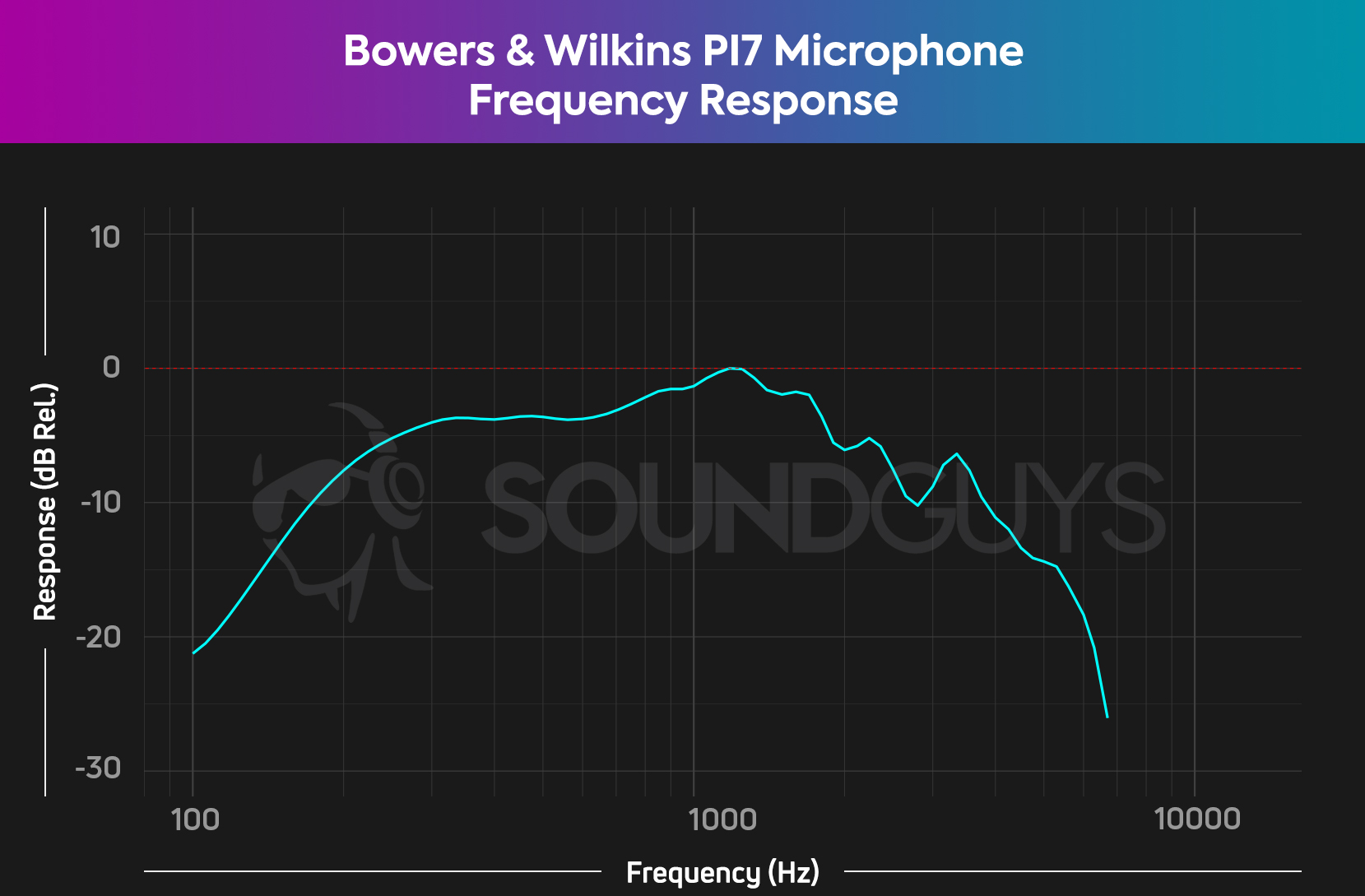
Microphone quality on the Bowers & Wilkins PI7 is good enough for everyday use such as answering phone calls or quick work meetings, though you shouldn’t use these earbuds for any professional audio recording. As you can hear in the second microphone demonstration below, the earbuds struggle to block out ambient background noises in a simulated office environment. If you plan on taking calls in a noisy environment, don’t be surprised if you get some complaints from the person on the other end of the line.
Bowers & Wilkins PI7 microphone sample (Ideal):
Bowers & Wilkins PI7 microphone sample (Office):
How does the microphone sound to you?
Should you buy the Bowers & Wilkins PI7?
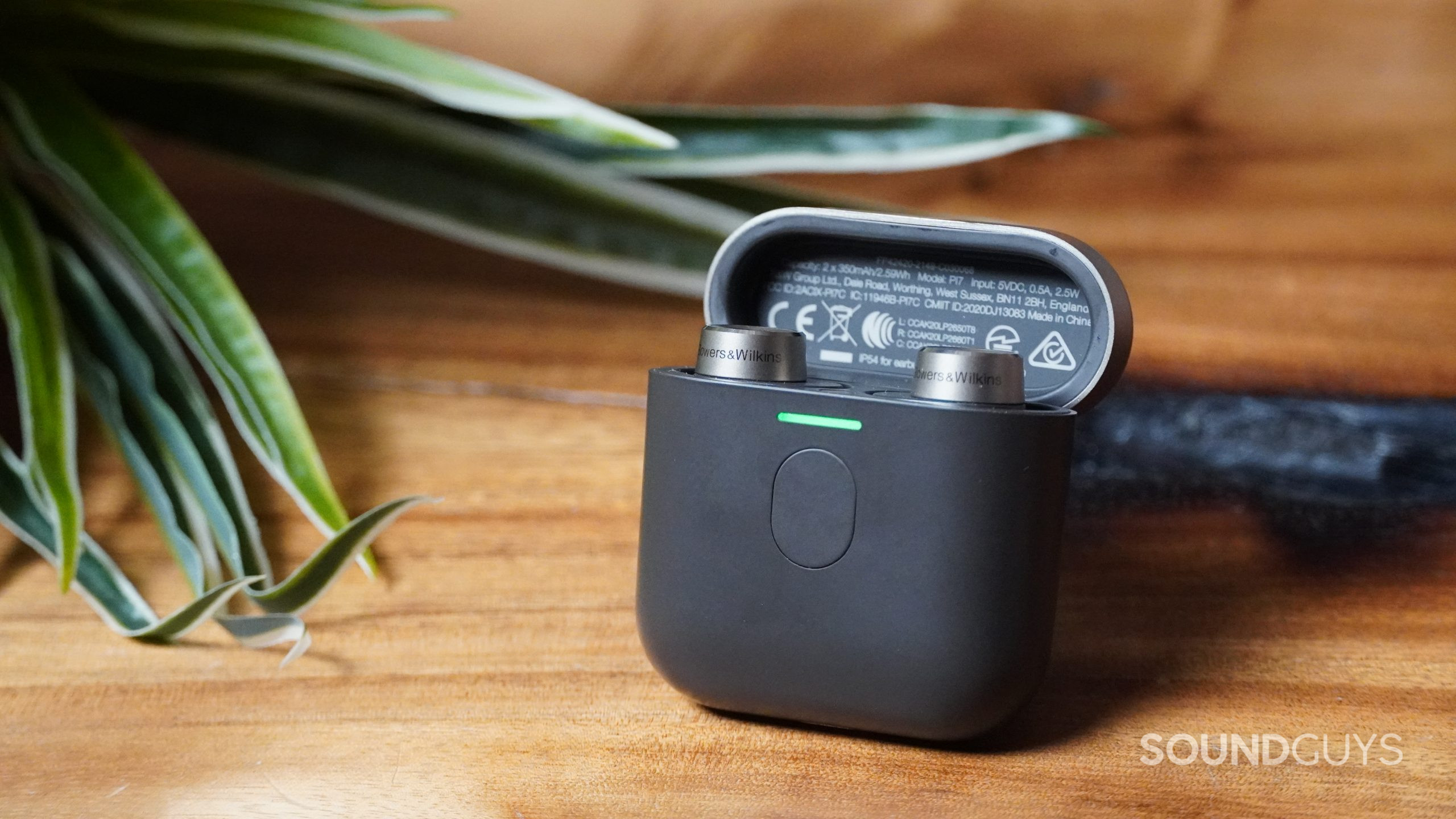
The primary selling point of the Bowers & Wilkins PI7 is the charging case that can transmit audio from any analog source to the earbuds. If you have a very specific and clear need for that feature, then the Bowers & Wilkins PI7 is for you. Everyone else should save their hard-earned cash and go for one of the many cheaper and better alternative options out there.
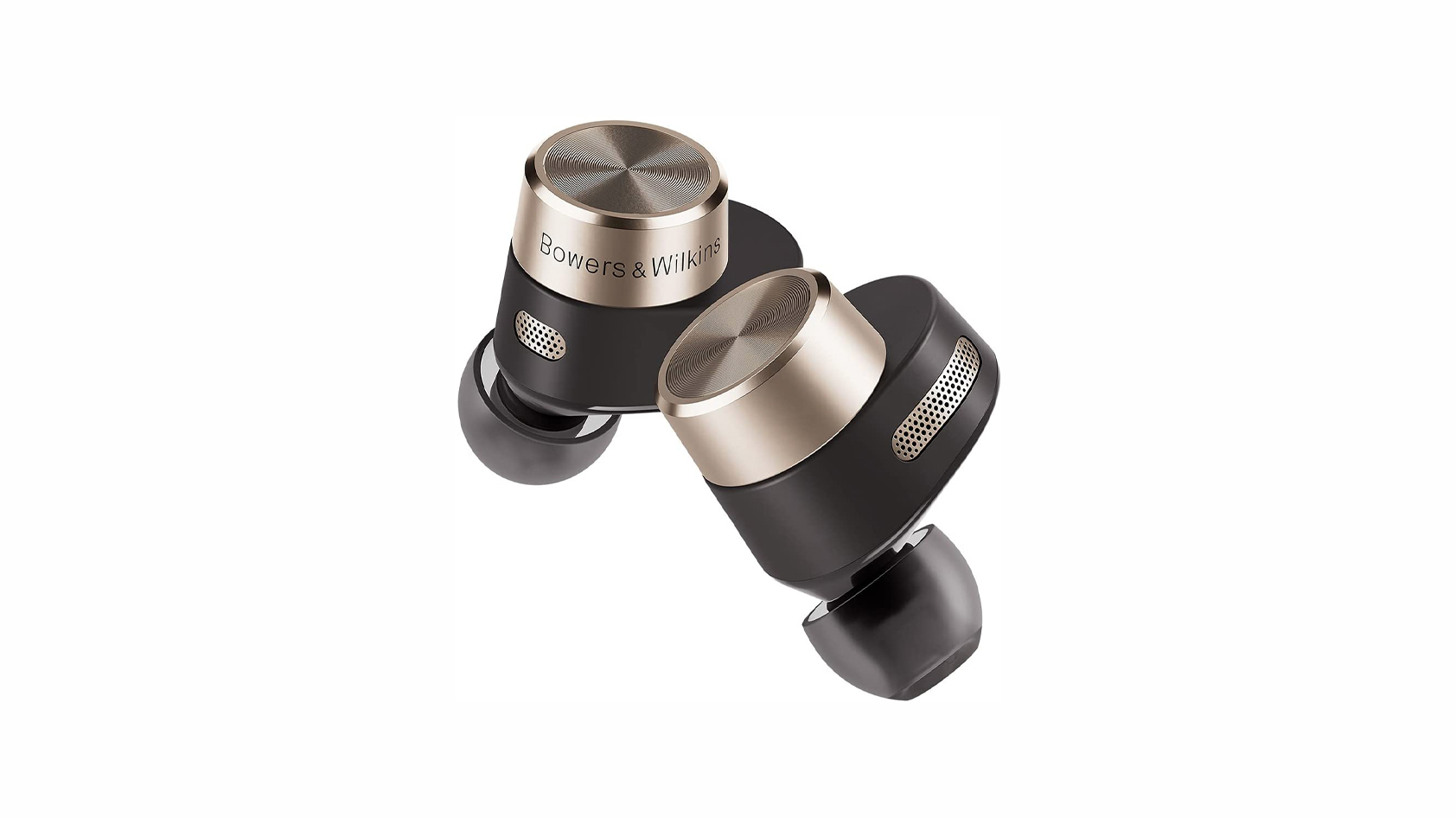
You might be wondering why these earbuds scored so well in our rating system even though we wouldn’t recommend them to most people. In most categories, the Bowers & Wilkins PI7 performs well, but the major drawbacks in battery life and sound quality prevent these earbuds from living up to their price tag. We would likely only consider these earbuds if they cost half as much as what Bowers & Wilkins is asking.
Save your hard-earned cash and go for one of the many cheaper and better alternative options out there
If the company delivers a firmware update that fixes some of our main gripes with the headset, we’ll update our review accordingly. Until then, check out some better true wireless earbud options below.
At a starting retail price $150 USD less than the PI7, the Bowers & Wilkins PI5 provides a lot more bang for your buck. The primary difference between the headsets is that only the PI7 can function as a wireless audio transmitter. Another key omission is aptX Adaptive, though the PI5 still retains the regular aptX codec. You also don’t get adaptive noise canceling with the PI5, though it does still retain regular ANC. Beyond that, the spec sheets for the two headsets are nearly identical, so unless you want the latest and greatest Bluetooth technology, just go for the PI5.
What should you get instead of the Bowers & Wilkins PI7?
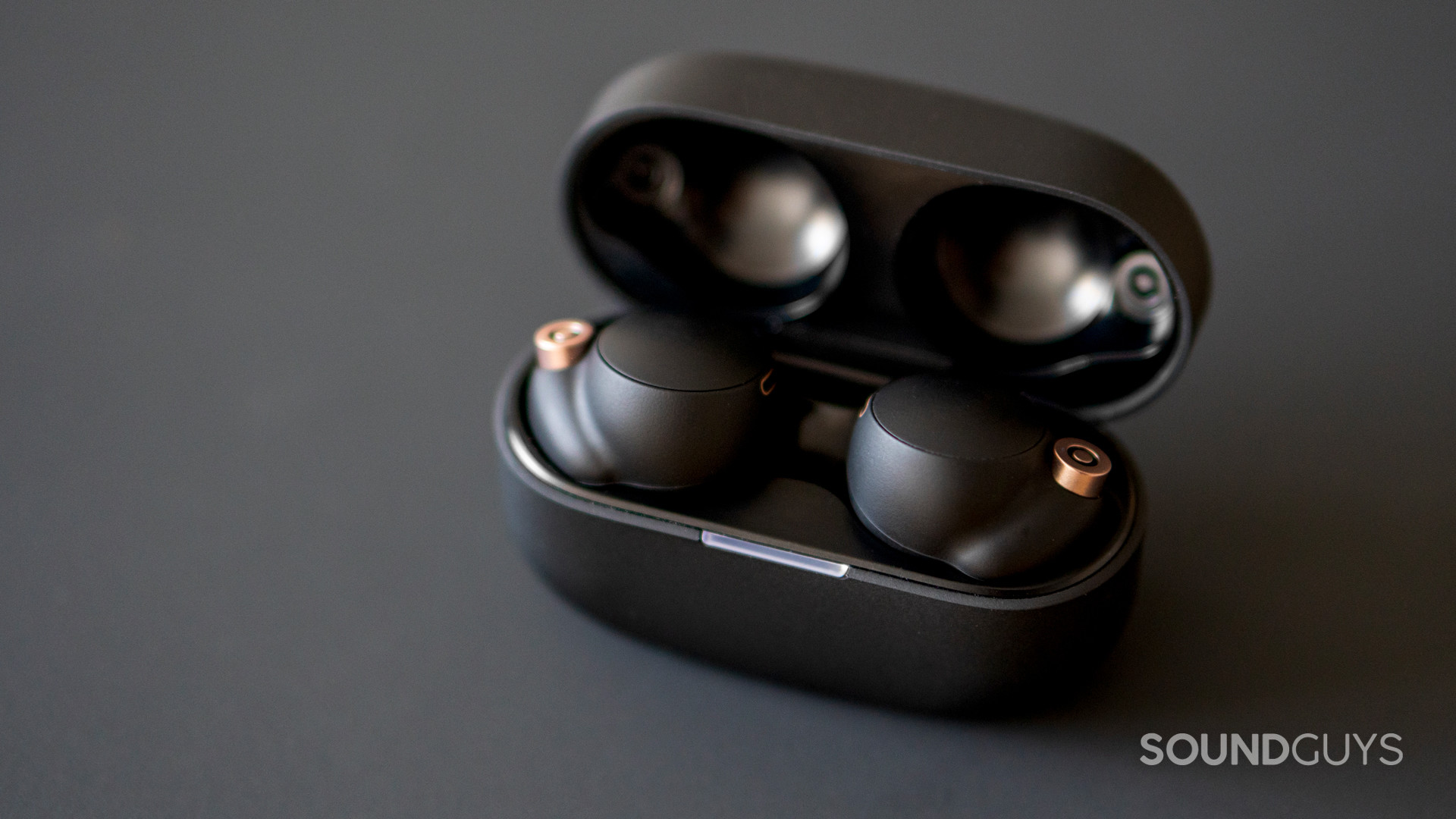
Our long-standing editor’s choice true wireless headset is the Sony WF-1000XM4. These earbuds feature the right combination of a secure fit, excellent isolation, and tons of features.
Another great option is the Bose QuietComfort Earbuds. While you miss out on the latest and greatest Bluetooth tech, the Bose Quietcomfort Earbuds retain excellent noise canceling and sound really good.
iPhone users should definitely consider the Apple AirPods Pro. The earbuds have good sound quality and integrate well into the Apple ecosystem of devices with quick pairing and bonus features like Spatial Audio. Plus by going with the AirPods Pro instead of the Bowers & Wilkins PI7 you’ll save a lot of money. That’s not something we get to say about Apple products very often.
Frequently asked questions about the Bowers & Wilkins PI7
Yes, you can just buy a USB-C transmitter and pair that with your current Bluetooth headset. This is a much cheaper solution than buying the B&W PI7, but less fashionable.
Once you install and connect to the Bowers & Wilkins PI7 app, it will automatically notify you when an update is available. You can also connect to the app and scroll to the right to the fourth page and click “Software Update” to see if any updates are available.
Not at all! Every year high-quality budget true wireless earbuds are released. Check out our compilation of the best true wireless earbuds under $100 to see what you can get.